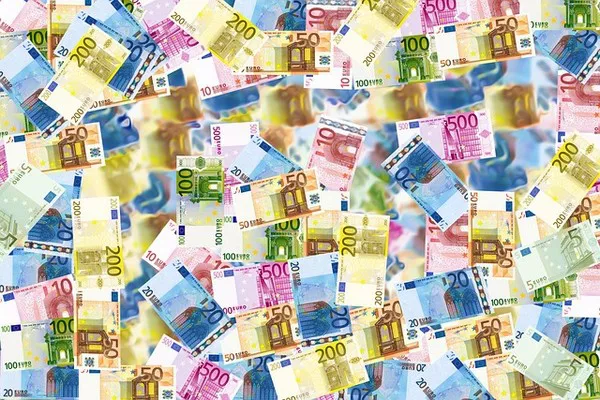The European Union (EU) is a major player in the global trade landscape, exporting a diverse range of goods and services to countries around the world. Analyzing the destinations of EU exports provides valuable insights into the dynamics of international trade and economic relationships. Several key factors influence the EU’s export markets, including geographical proximity, trade agreements, market size, and economic development levels of partner countries. Let’s delve deeper into the EU’s export destinations and the patterns that shape these trade relationships.
Geographical Proximity and Trade Patterns
Geographical proximity plays a significant role in determining the EU’s export destinations. The EU’s immediate neighbors, including countries in Europe and North Africa, feature prominently among its top export markets. This proximity offers logistical advantages, facilitating smoother trade flows and reduced transportation costs. Countries like Germany, France, and Italy often export goods such as automobiles, machinery, and pharmaceuticals to neighboring nations like Switzerland, Norway, and Algeria.
Moreover, the EU’s historical and cultural ties with neighboring regions influence export patterns. For instance, the Mediterranean countries have strong historical connections with Southern European nations like Spain and Italy, leading to robust trade relationships. The EU’s exports to North Africa primarily consist of machinery, chemicals, and agricultural products. This geographical proximity fosters interdependence and economic cooperation, as evidenced by the EU’s trade agreements with countries like Switzerland and Turkey, which further facilitate trade flows and market access.
Trade Agreements and Market Access
The EU’s export landscape is also shaped by its extensive network of trade agreements with countries and regions across the globe. These agreements play a pivotal role in enhancing market access and reducing trade barriers, thereby promoting EU exports. The EU has negotiated bilateral and multilateral trade deals with various countries, offering preferential tariff rates and facilitating smoother trade flows.
For instance, the EU’s trade agreement with South Korea has significantly boosted exports of European automobiles, pharmaceuticals, and machinery to this market. Similarly, the Comprehensive Economic and Trade Agreement (CETA) with Canada has expanded market opportunities for EU exporters across sectors such as agriculture, manufacturing, and services. These agreements not only enhance export volumes but also promote regulatory cooperation and standards alignment, creating a more favorable environment for EU businesses to access global markets.
Market Size and Economic Development
The size and economic development level of destination markets strongly influence the EU’s export strategy. Larger markets offer greater opportunities for export diversification and scale economies. The United States, China, and Japan are key export destinations for the EU, reflecting their substantial consumer bases and purchasing power. The EU’s exports to these markets encompass a wide range of products, including aerospace technology, luxury goods, and information technology services.
Furthermore, the EU’s export destinations are influenced by the economic development levels of partner countries. Emerging markets in Asia and Latin America, such as India and Brazil, present growing opportunities for EU exporters seeking to capitalize on rising consumer demand and expanding middle-class populations. The EU’s exports to these markets often focus on high-value goods and services tailored to local preferences and consumption patterns.
Industry-Specific Export Trends
Analyzing EU export destinations reveals notable industry-specific trends driven by demand dynamics and competitive advantages. The EU’s machinery and automotive sectors have strong export linkages with countries like the United States, China, and Turkey. The pharmaceutical industry, concentrated in countries like Germany and Belgium, exports medications and medical devices to global markets, particularly the United States and Japan.
Additionally, the EU’s agricultural and food exports demonstrate diverse market preferences. While intra-EU trade in agricultural products is significant, exports to countries like China, Saudi Arabia, and the United States focus on high-value products such as wine, cheese, and olive oil. The EU’s expertise in luxury goods also contributes to exports to affluent markets in Asia and North America, highlighting the importance of brand reputation and craftsmanship in global trade.
Conclusion
In conclusion, the EU’s export destinations are shaped by a complex interplay of geographical, economic, and regulatory factors. The EU’s proximity to neighboring regions, coupled with trade agreements and market access initiatives, fosters strong export relationships with diverse countries worldwide. Understanding these export dynamics is essential for policymakers and businesses seeking to leverage global trade opportunities and navigate evolving market landscapes. As the EU continues to adapt to shifting global trends and trade dynamics, strategic insights into export markets will remain critical for sustaining economic growth and competitiveness on the international stage.


